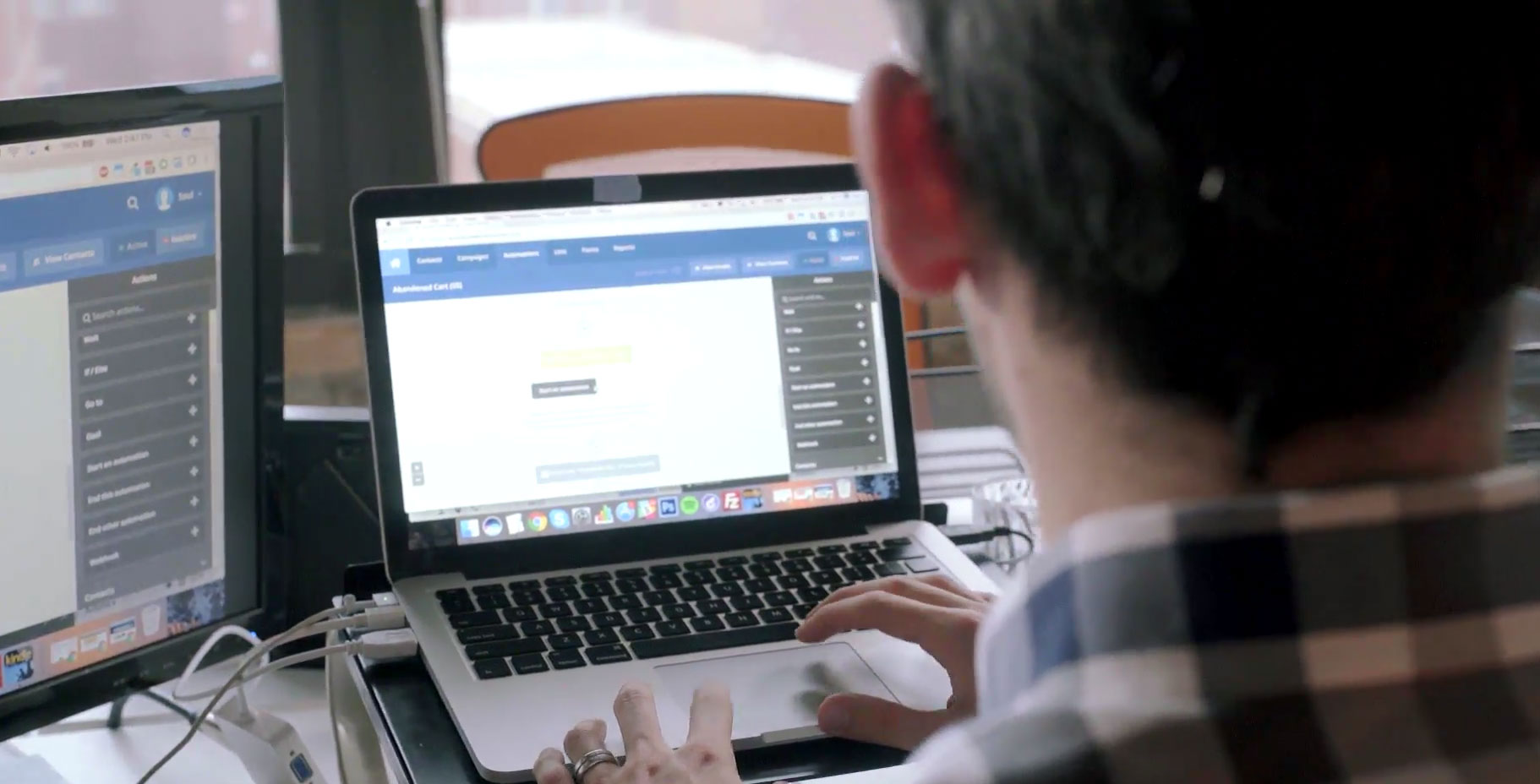Many nonprofits focus on open rates and click-through rates as key email performance indicators. While important, these metrics don’t tell the whole story. True success comes from tracking engagement depth—how recipients interact with your emails over time.
Key Nonprofit Email Metrics to Watch
🔹 Conversion Rate – Measures how many recipients complete a desired action (donate, register, sign up).
🔹 Engagement Over Time – Looks at trends across multiple emails, not just one campaign.
🔹 Churn Rate – Tracks unsubscribes and inactivity to identify disengaged supporters.
By shifting from vanity metrics to impact-driven insights, nonprofits can refine their email strategies and build lasting donor relationships.
Most nonprofits track open rates and click-through rates (CTR), but true engagement goes deeper. Understanding how supporters interact with your emails over time can help refine your strategy and drive more meaningful actions.
Key Nonprofit Email Metrics to Watch
1. Conversion Rate: Turning Interest into Action
📊 Definition: Measures how many recipients complete a desired action, like donating or signing up.
🔍 Why It Matters: A high CTR means people are clicking, but conversion tells you if they’re actually taking the next step.
✅ Improve It: Use clear calls-to-action (CTAs), reduce friction in donation forms, and personalize asks based on donor history.
2. Engagement Over Time: Measuring Long-Term Interest
📊 Definition: Tracks how recipients interact across multiple emails, not just one campaign.
🔍 Why It Matters: A single email’s performance is useful, but trends over time reveal supporter retention and loyalty.
✅ Improve It: Analyze email frequency, content types, and sender reputation to keep audiences engaged long-term.
3. Churn Rate: Identifying Email Fatigue
📊 Definition: The percentage of subscribers who unsubscribe or stop engaging.
🔍 Why It Matters: A growing churn rate signals email fatigue or content that isn’t resonating.
✅ Improve It: Segment lists to send relevant content, adjust frequency, and survey disengaged subscribers to learn why they’re leaving.
4. Donor Reactivation Rate: Bringing Back Inactive Supporters
📊 Definition: The percentage of previously inactive donors who re-engage with your emails.
🔍 Why It Matters: Instead of constantly acquiring new donors, reactivating past supporters is more cost-effective.
✅ Improve It: Send targeted re-engagement emails with updates, impact stories, and exclusive invitations.
Final Thoughts
By shifting from surface-level metrics to impact-driven insights, nonprofits can fine-tune their email strategies, strengthen donor relationships, and increase long-term support.

